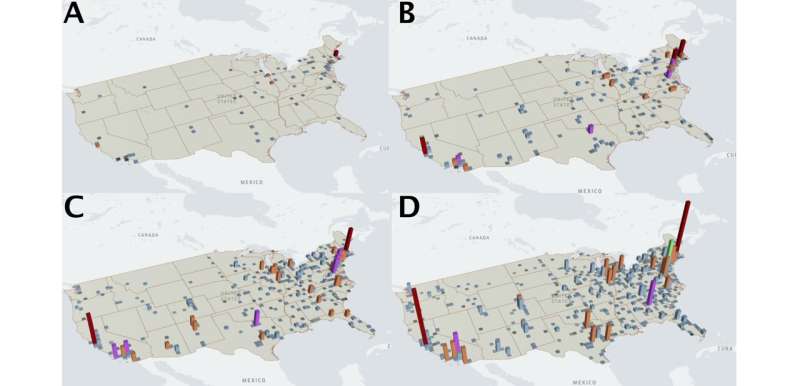Phys.org December 29, 2022
The conditions for the emergence of a leading regional scientific environment are poorly understood. The existence of a critical mass of scientists is often assumed. An international team of researchers (Austria, the Netherlands, South Africa, USA – Santa Fe Institute) used a unique dataset of global scientific activity and researcher mobility over several decades to show empirical evidence in three scientific areas (semiconductor research, embryonic stem cells, and Internet research) that the process of scientific knowledge accumulation was remarkably general and applied to practically all regions. Scale-free growth patterns suggested that regions that move early into new technologies tend to dominate the corresponding scientific fields. They found no evidence that critical mass is required to achieve prolonged scientific dominance. They proposed a simple preferential attachment model that explained the empirical data and allowed them to understand deviations from the growth exponent as focused interventions to strategically attract scientists at regional level. They demonstrated this explicitly for China in the three scientific fields examined…read more. TECHNICAL ARTICLE

Regional evolution of the number of in-flowing researchers into the field of semiconductors in the US…Credit: Complexity Science Hub